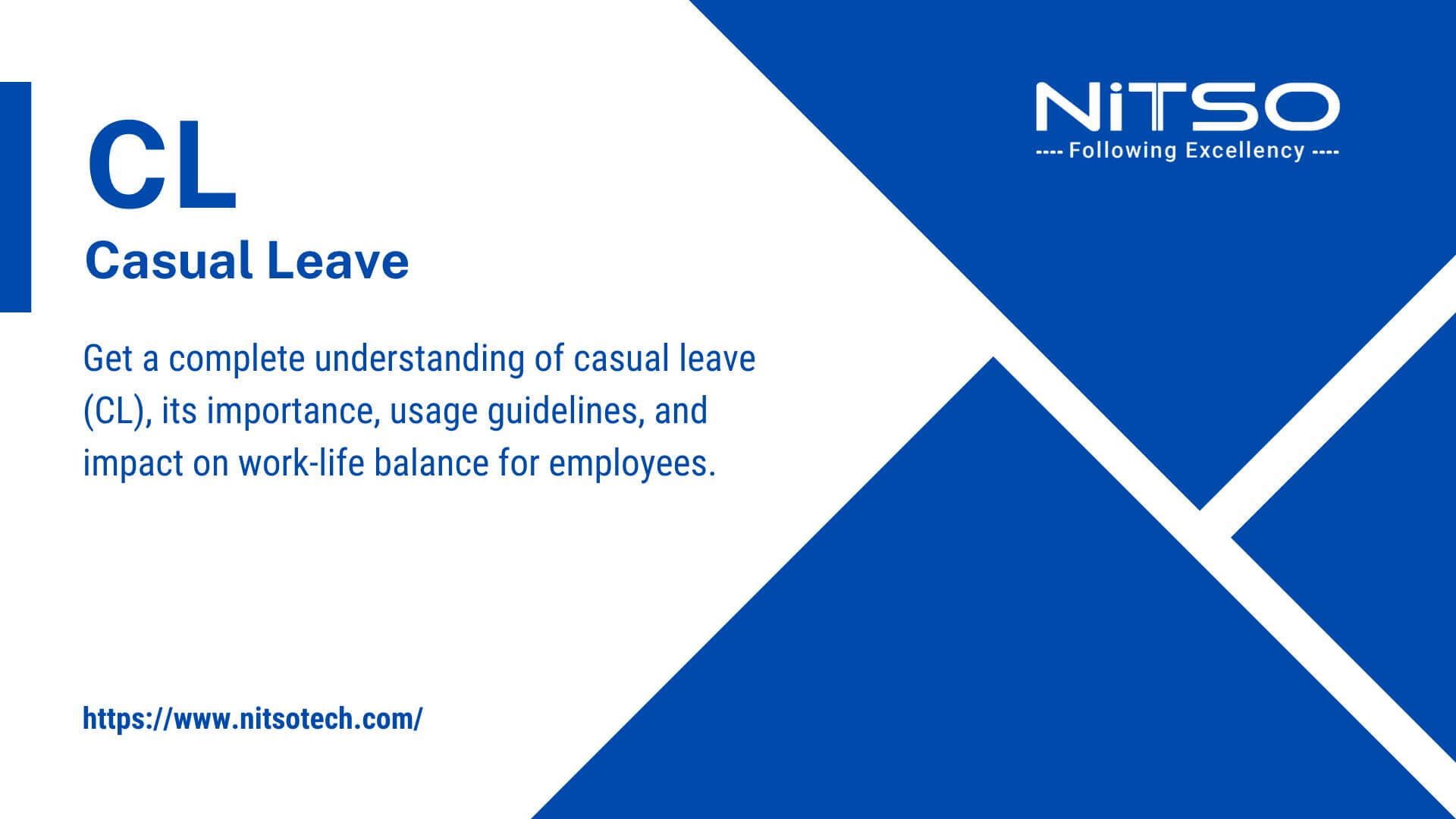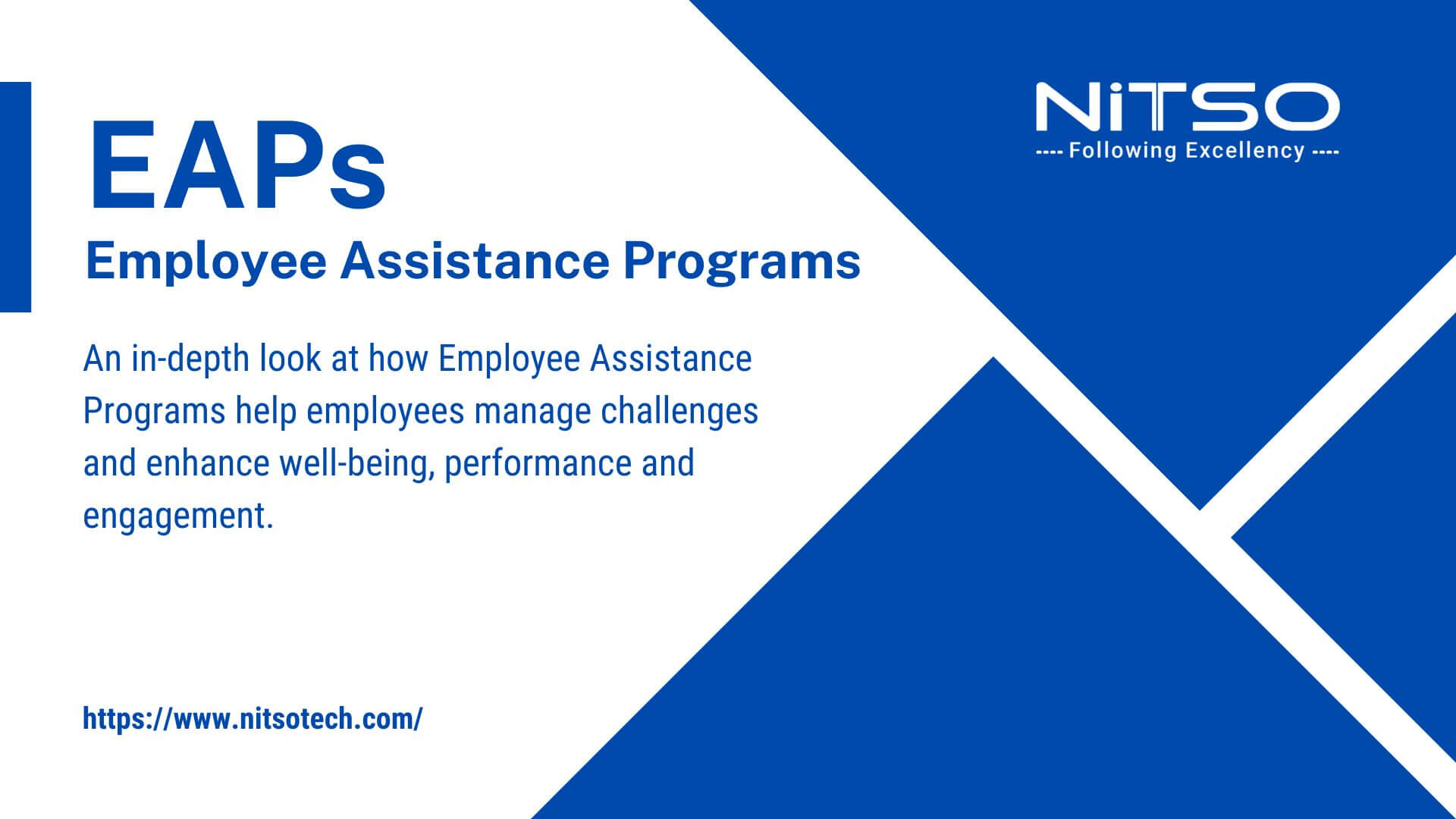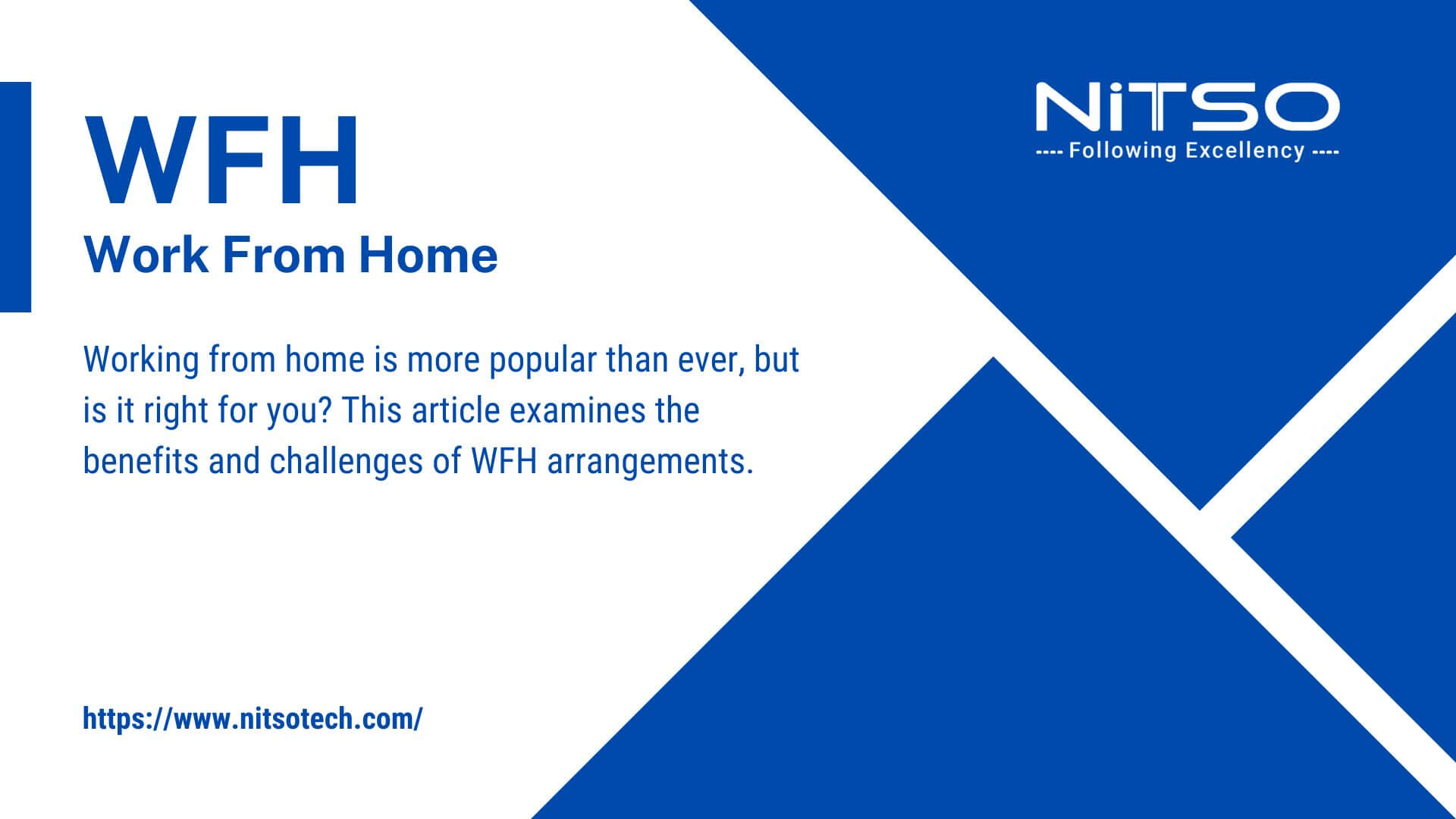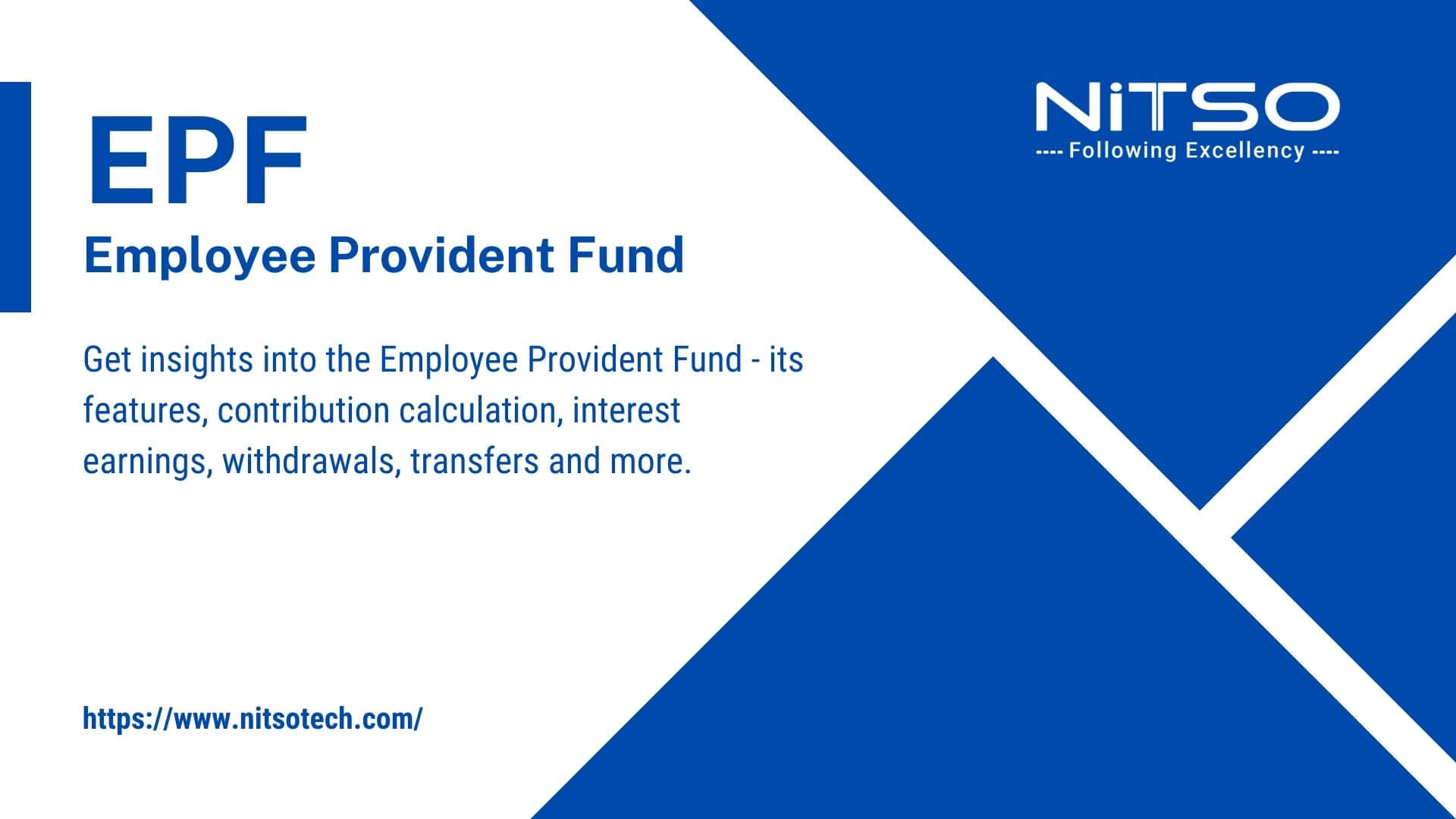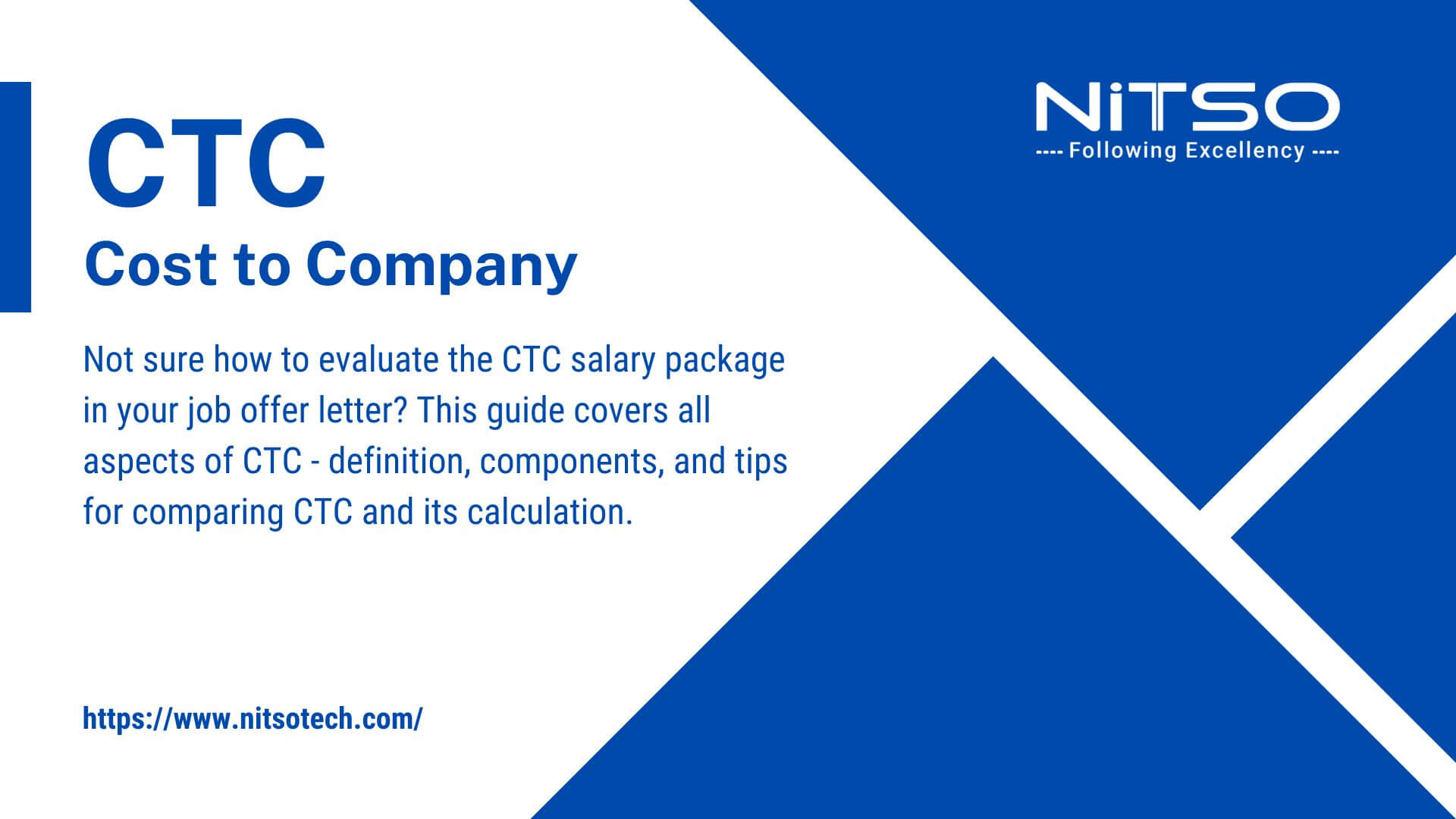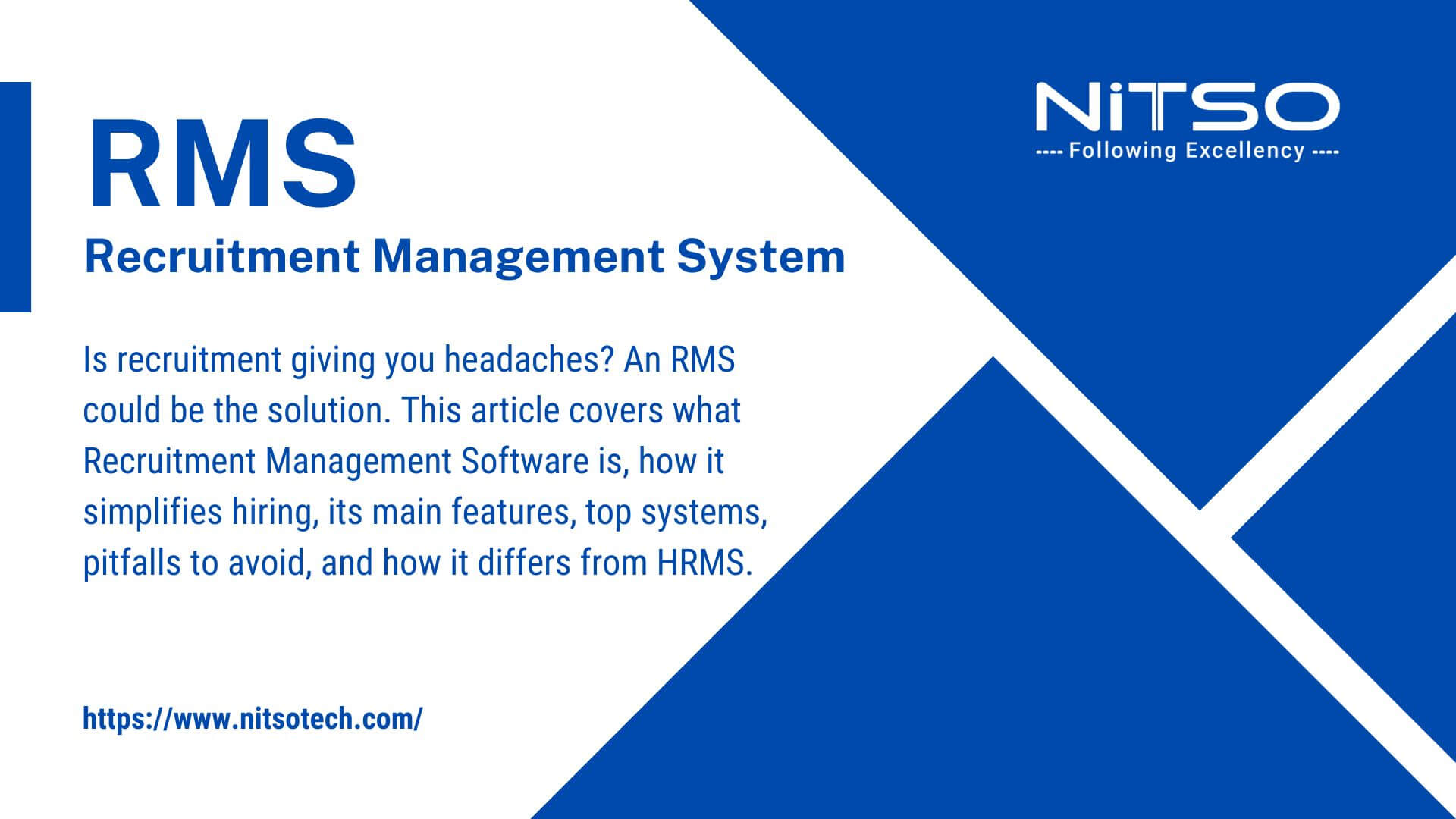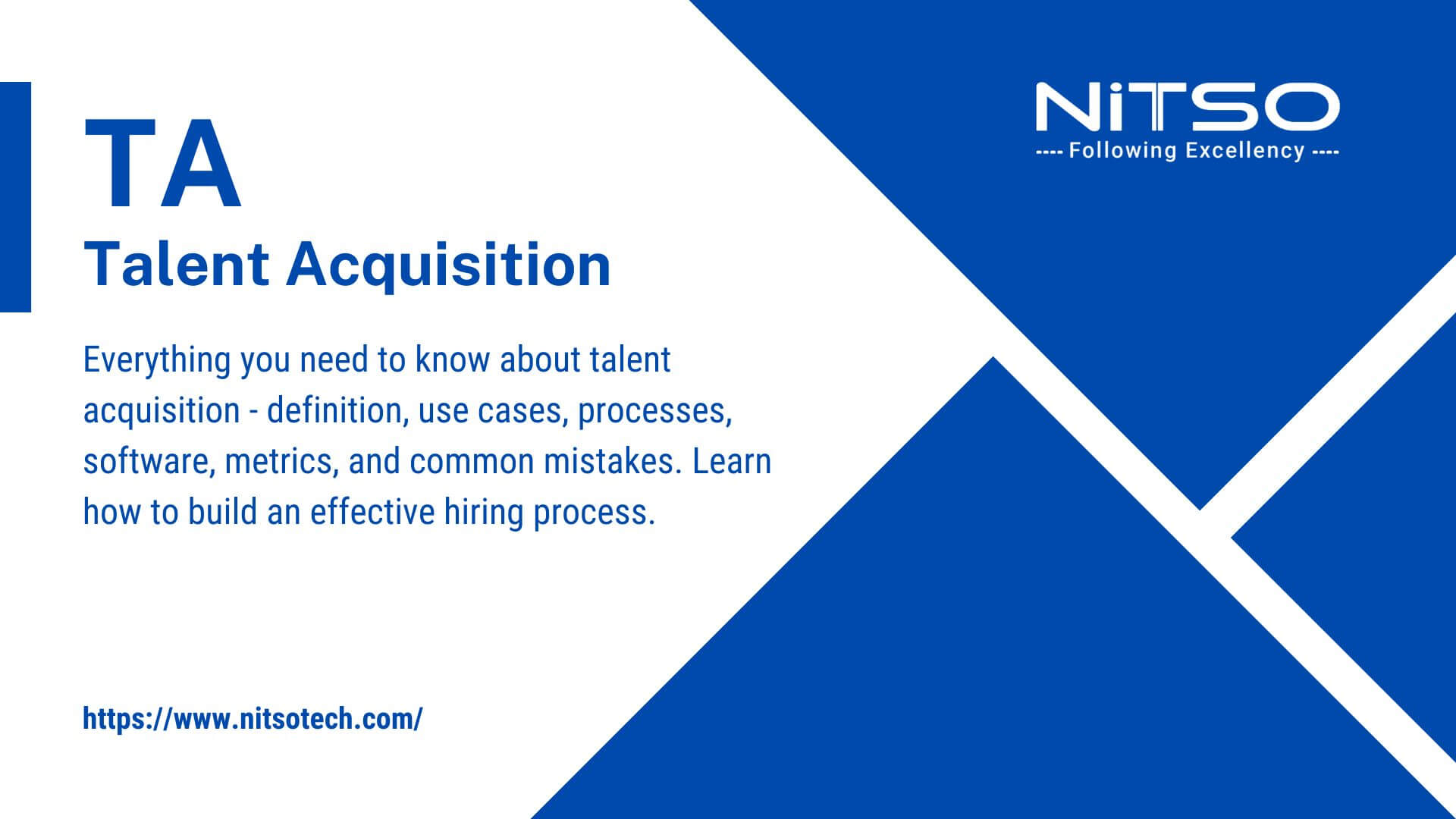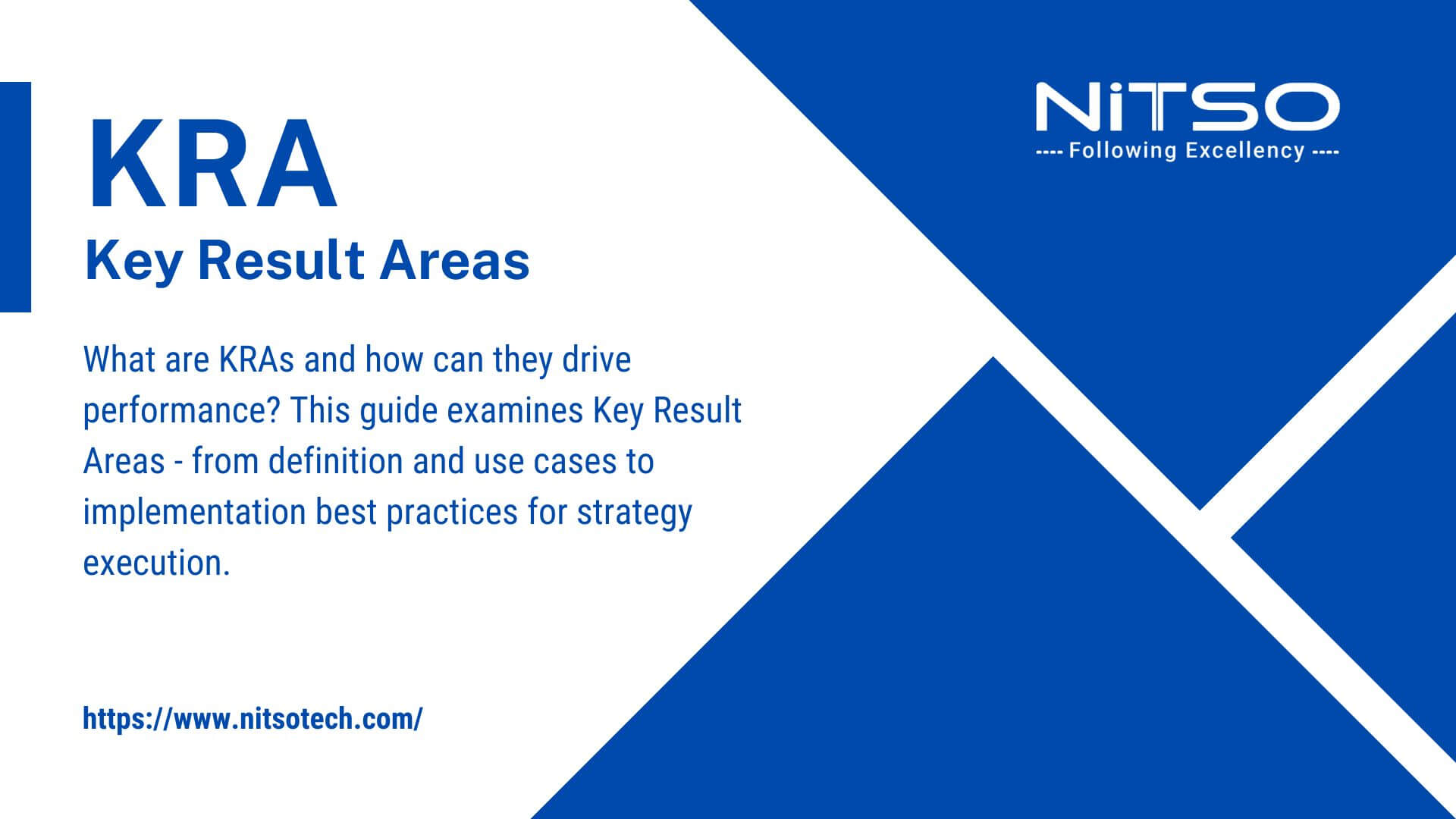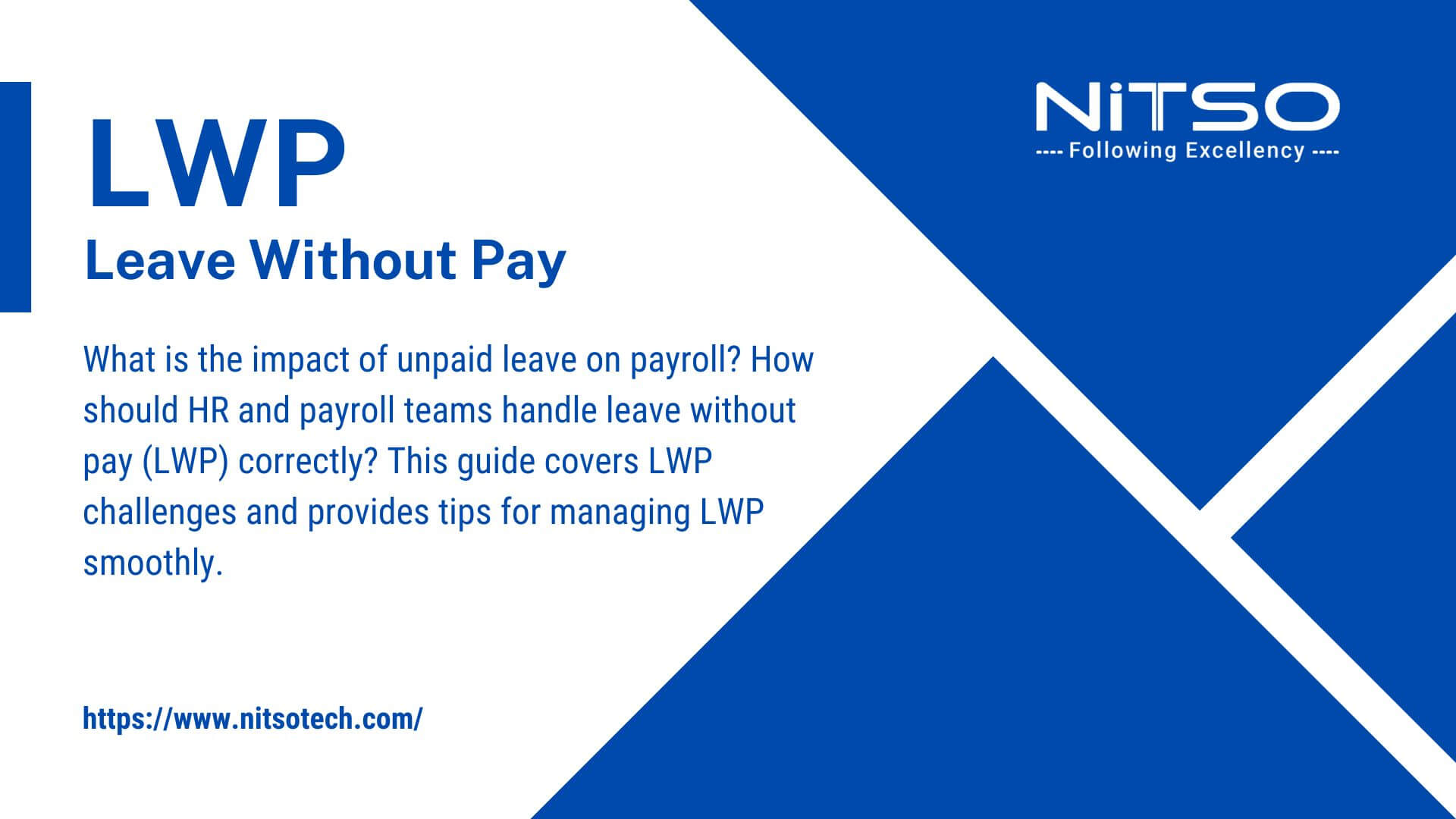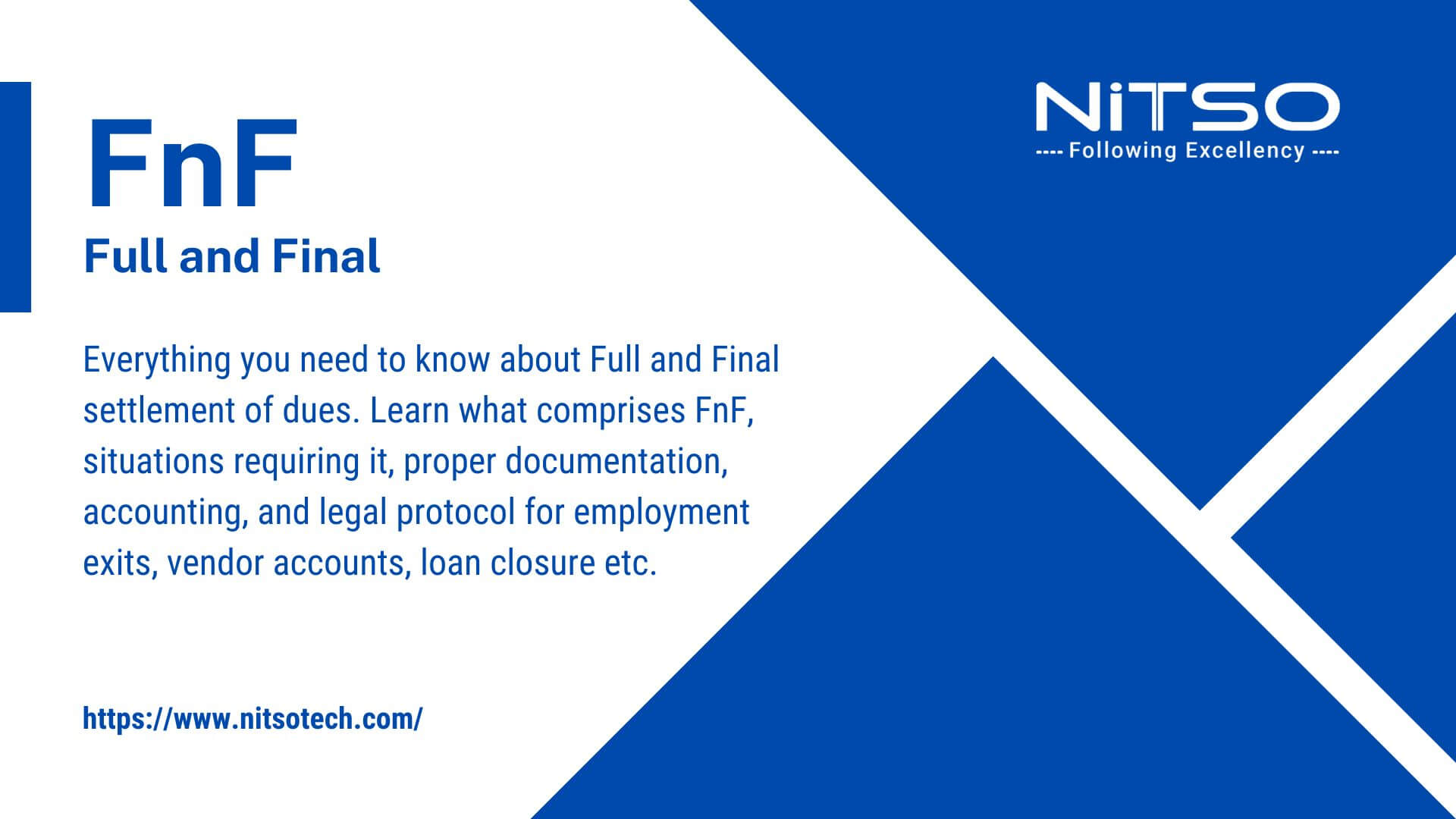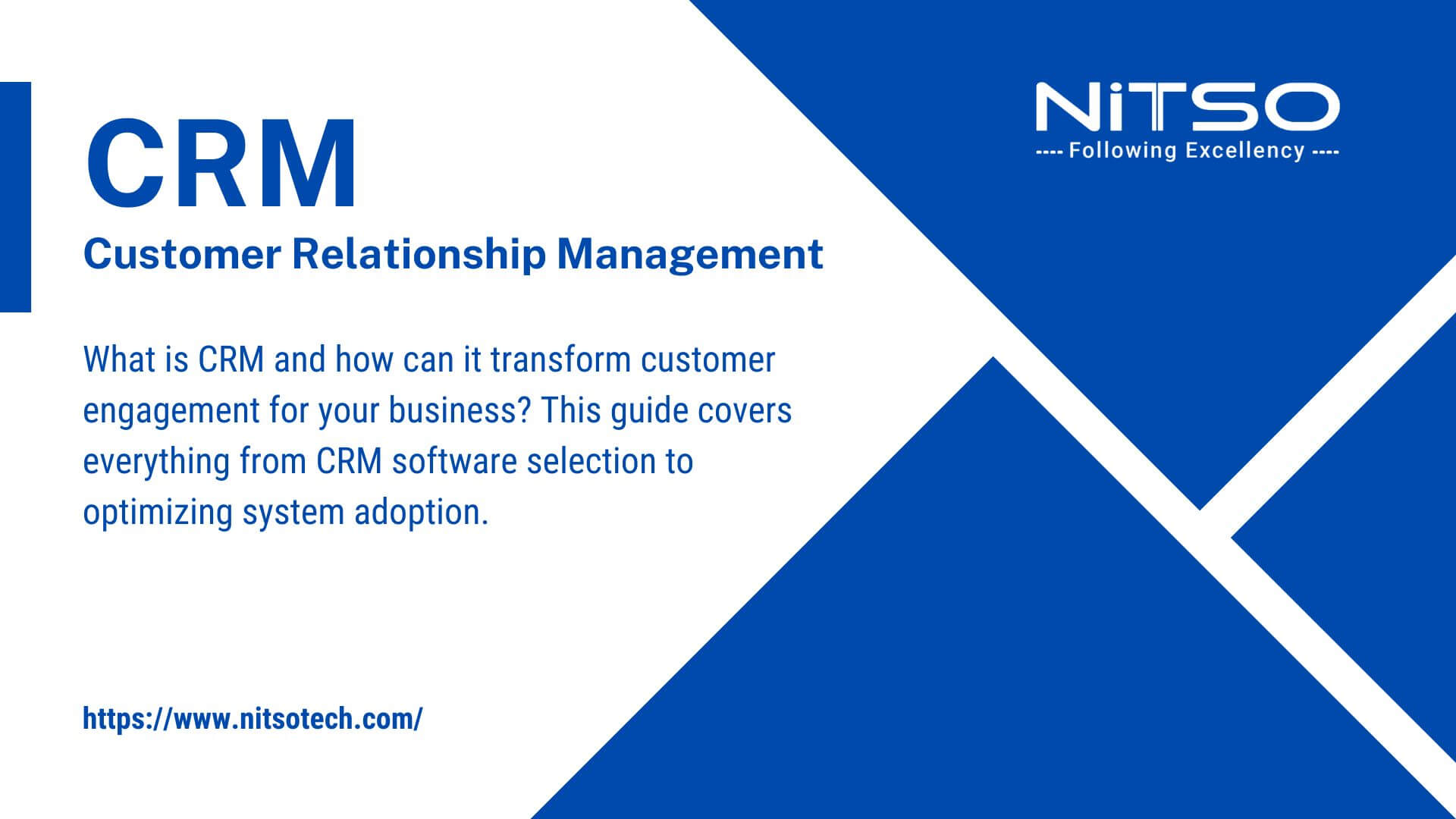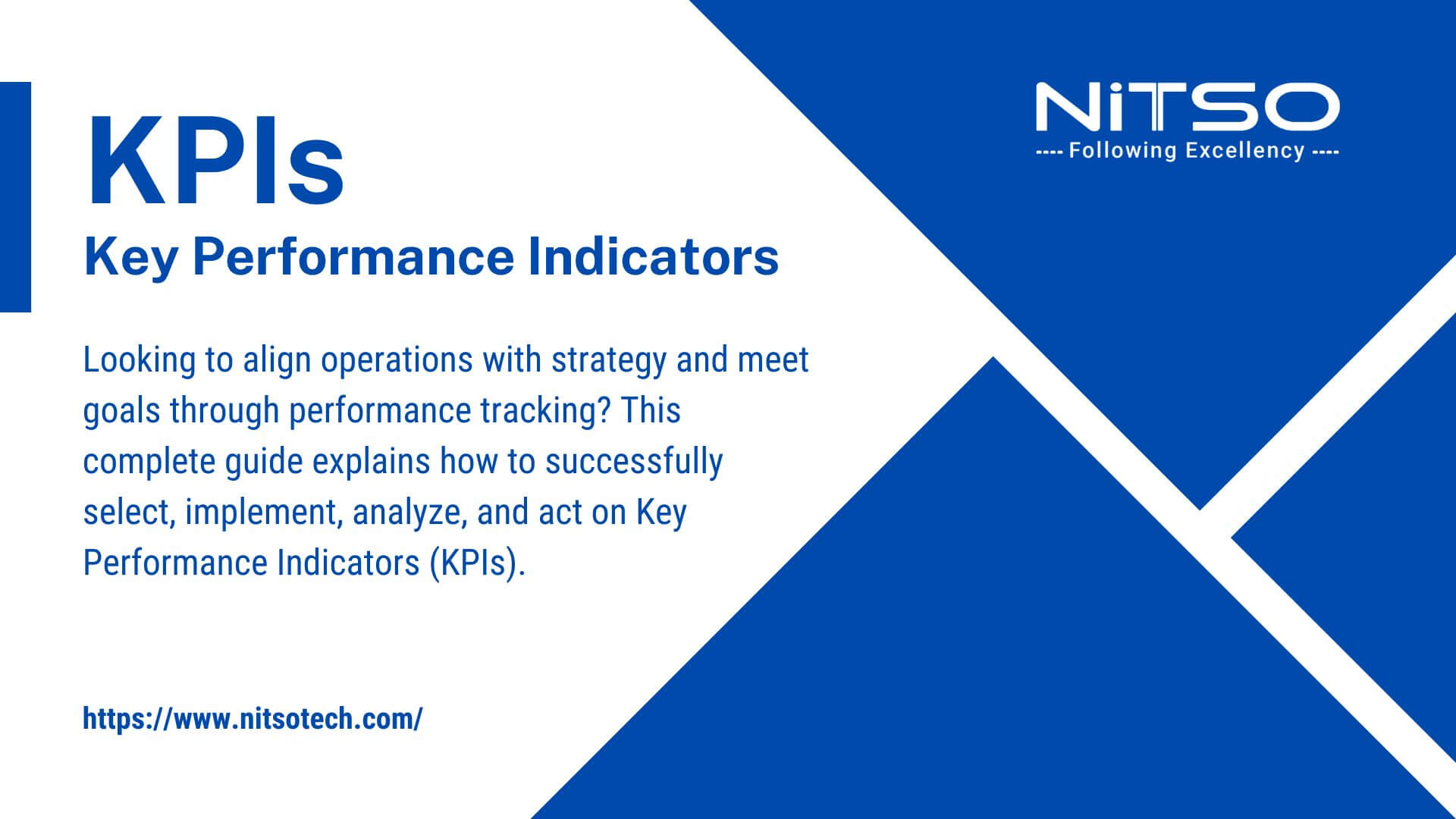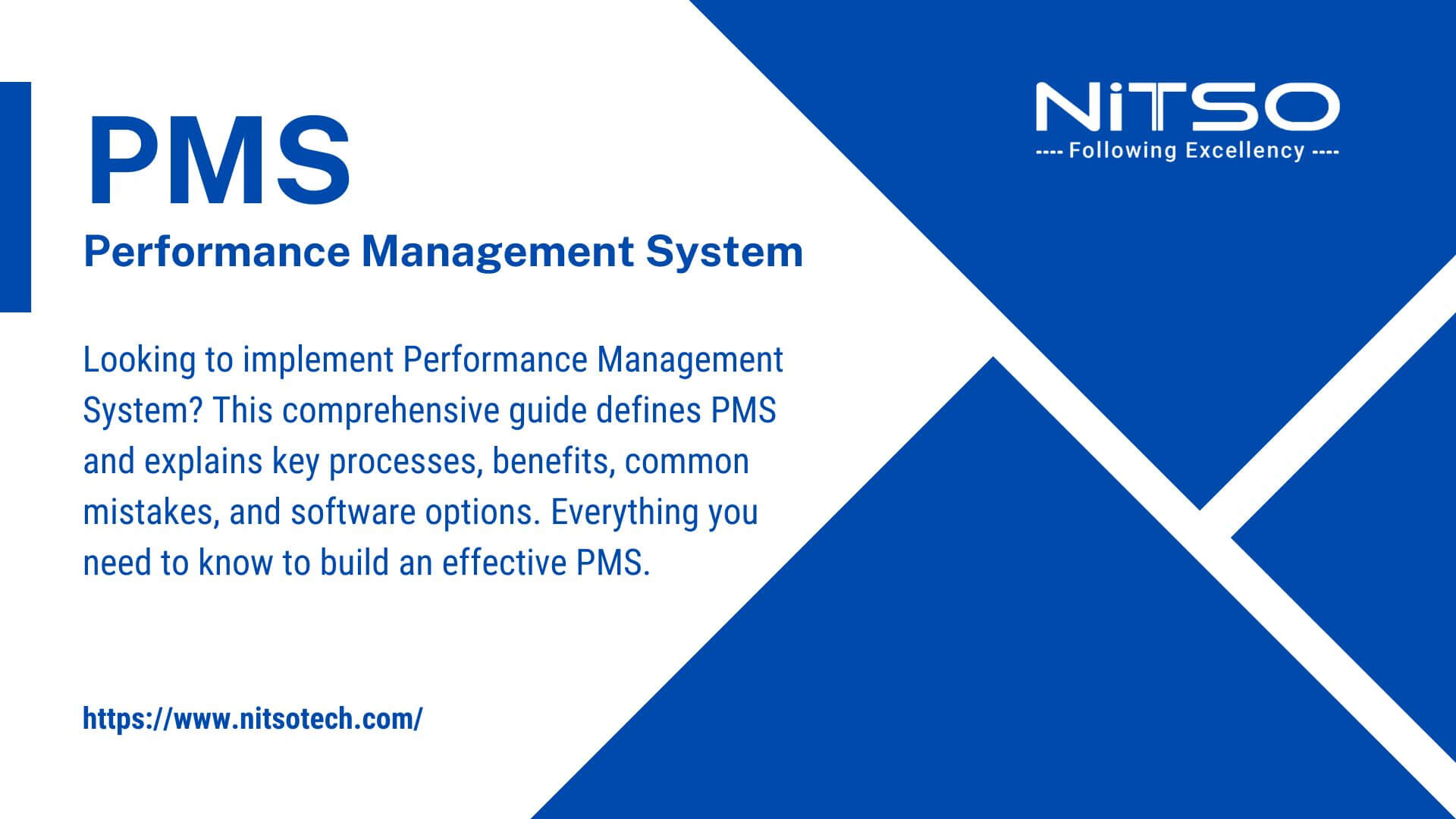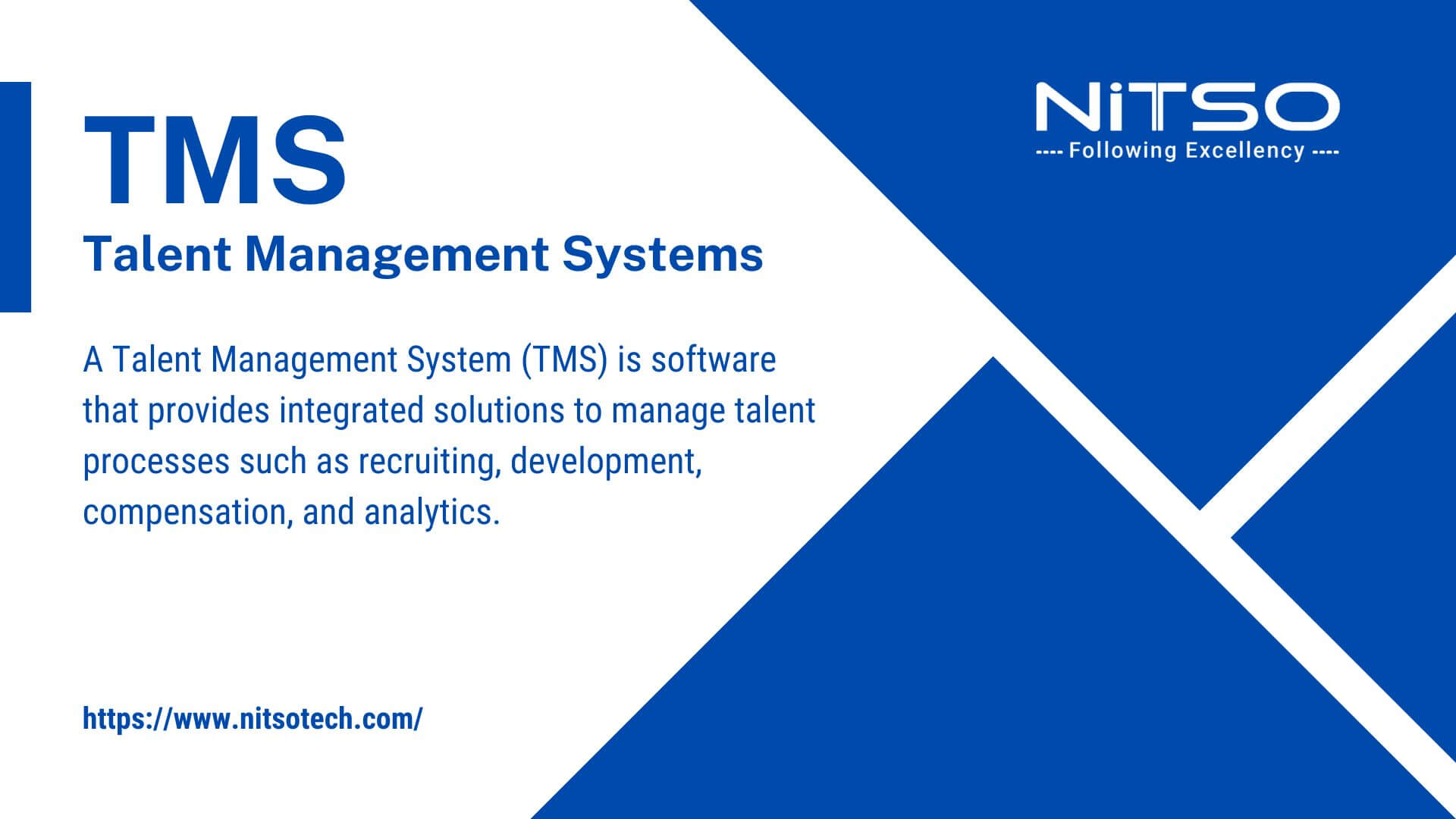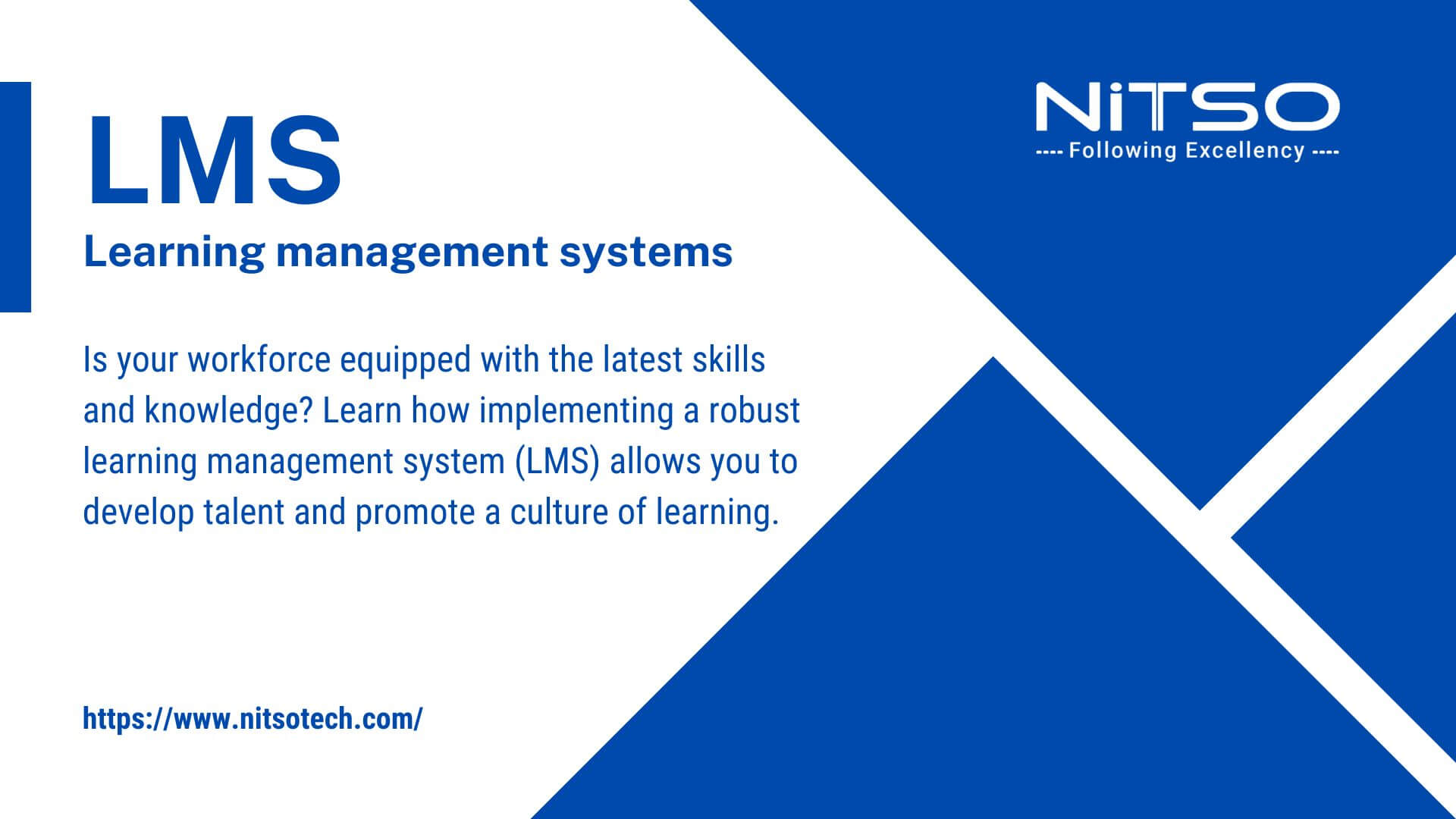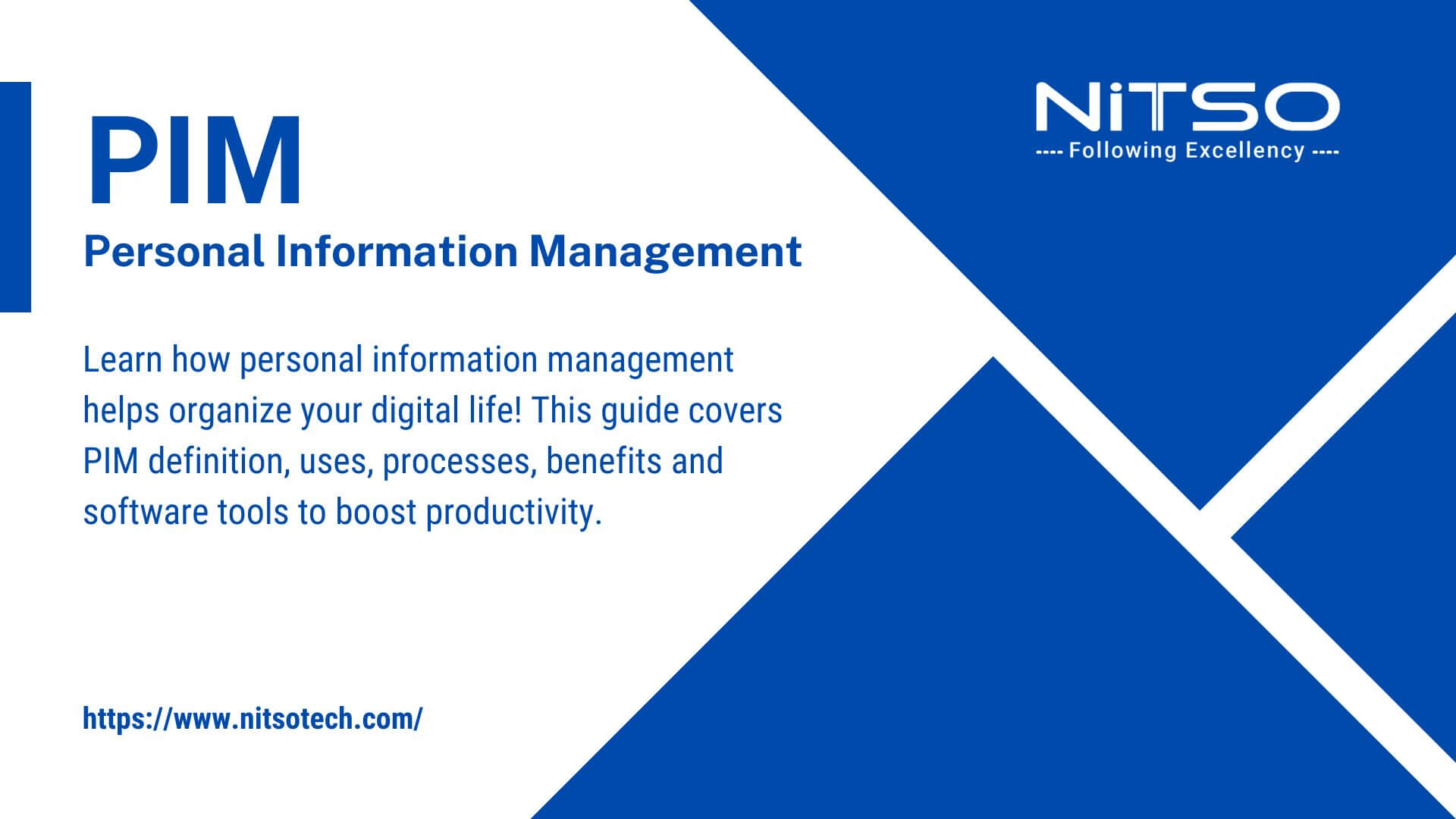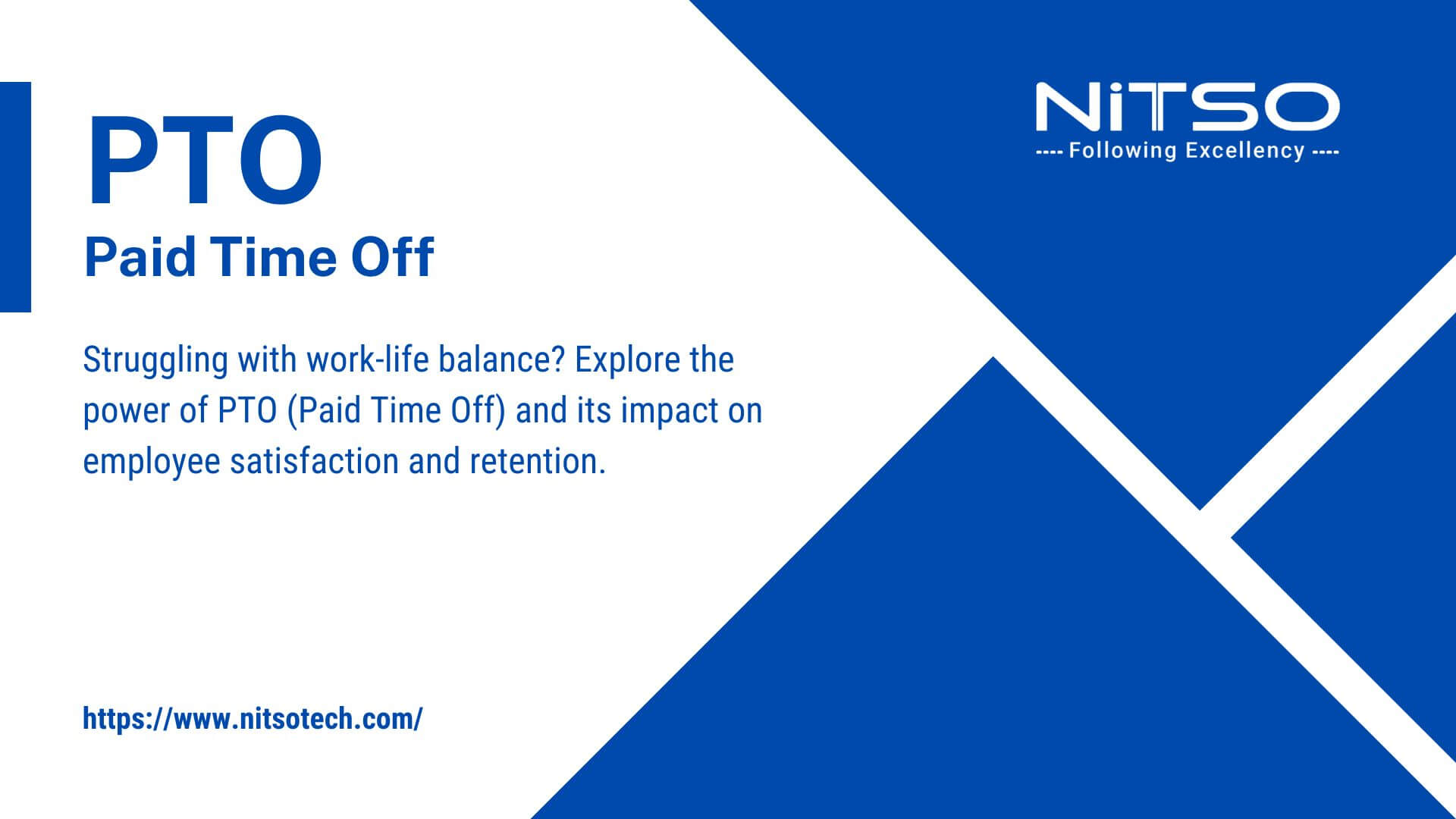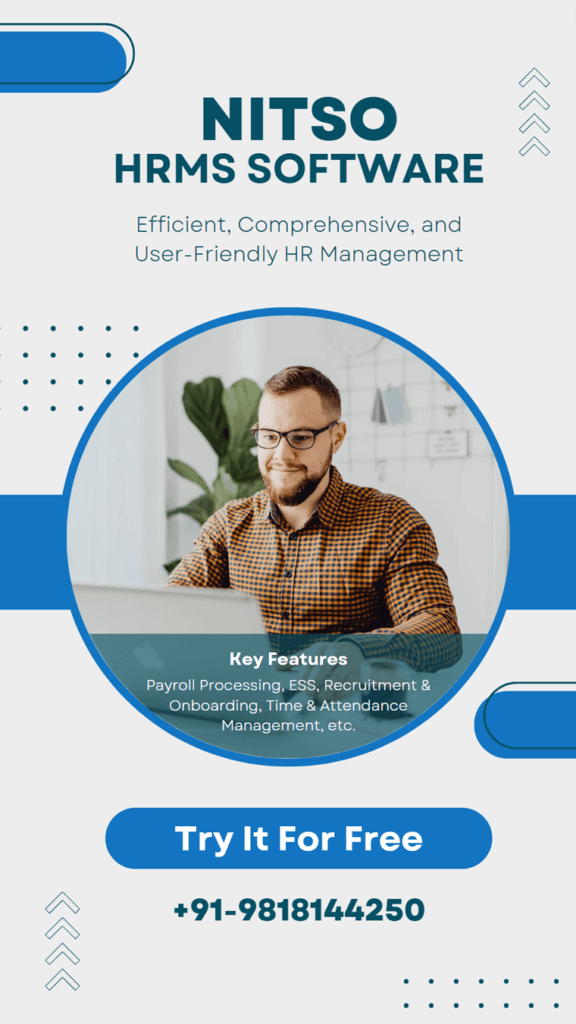A casual leave or CL is a type of paid leave that allows employees to take short leaves from work for a variety of personal reasons. Casual leaves provide employees the flexibility to take time off from work for small yet important events in life without having to use their regular annual leaves.
Paid Leave (PL)
Paid leave refers to time off from work that employers provide through compensation wages when employees are not actively working
Employee Assistance Programs (EAPs)
Employee Assistance Programs (EAPs) are workplace benefits that provide confidential support and resources to employees facing personal or work-related challenges.
Employee Shifts
Shifts allow companies to have staff coverage beyond regular business hours by dividing the workday into specific segments. Employees are assigned to different shifts to ensure the necessary staffing levels and skillsets are available when needed.
Annual Maintenance Contract (AMC)
AMCs provide scheduled servicing by experienced vendors at pre-defined annual rates to maximize equipment availability and useful life.
Work From Home (WFH)
Working from home is more popular than ever, but is it right for you? Here are practical tips for employees and managers to make working from home productive and enjoyable.
Employee Provident Fund (EPF)
The Employee Provident Fund, often abbreviated as EPF, is a vital pillar of financial security for millions of employees across the globe. This government-mandated retirement savings scheme is designed to ensure that working individuals can build a financial cushion to support them during their post-retirement years.
CTC (Cost to Company)
CTC (Cost to Company) refers to the total cost incurred by a company for an employee annually. It includes the salary components and benefits given to the employee.
Recruitment Management System (RMS)
A Recruitment Management System (RMS) is an integral part of any organization’s human resources function. As competition for top talent increases, companies are turning to technology to make their recruiting and hiring processes more efficient. An RMS is software that helps manage and automate various recruitment tasks like posting job openings, screening resumes, tracking applicants, managing interview schedules, and more.
Talent Acquisition (TA)
Talent acquisition (TA) is the process of identifying, attracting, and hiring skilled individuals to fill specific job roles within an organization. It is a critical function within human resources (HR) and plays a key role in an organization’s success.
Key Result Areas (KRA)
Key Result Areas (KRAs) are performance metrics that outline the most critical activities and outcomes necessary for an organization, department, team, or individual to achieve their strategic goals and objectives.
Leave Without Pay (LWP)
Leave without pay (LWP) is a type of unpaid time off that allows employees to take extended leaves from work for various personal, medical, or professional reasons. The key distinguishing factor of LWP is that employees take this time off without pay, meaning they forgo their usual wages and salary during the Leave without pay period.
FnF (Full and Final)
FnF, which stands for Full and Final, is a financial settlement made between two parties to fully close outstanding dues, liabilities, or contractual obligations. It signifies a complete and final payment towards any amounts owed between two individuals, companies, or organizations.
Customer Relationship Management System (CRMS)
Customer Relationship Management (CRM) refers to software applications and systems that help businesses manage relationships and interactions with customers and prospects. The key goal of CRM is to enable organizations to better understand their target audiences, streamline processes, and deliver personalized experiences across all customer touchpoints and channels.
Key Performance Indicators (KPIs)
Key performance indicators (KPIs) provide a measurable way for companies to benchmark success and identify areas for improvement. By setting well-defined KPIs and monitoring them on an ongoing basis, businesses can align operations with overarching goals and strategies.
Performance Management Systems (PMS)
A Performance Management System (PMS) is a tool organizations use to oversee and monitor the performance of individual employees. It provides a framework for managing performance at each stage of the employment lifecycle.
Talent Management System (TMS)
A Talent Management System (TMS) is software that provides integrated solutions to manage talent processes such as recruiting, development, compensation, and analytics.
Learning Management System (LMS)
Learning management systems (LMS) have become a critical component of training and development programs in organizations across industries. As companies adapt to rapid changes in technology, regulations, and customer expectations, they are relying on LMS platforms to help reskill and upskill their workforce. An effective LMS implementation can have significant strategic benefits for an organization’s human capital management and overall performance.
Personal Information Management (PIM)
Personal Information Management (PIM) provides strategies and tools to effectively collect, store, organize, search, retrieve and share personal information. The goal is to boost productivity and efficiency by reducing the time spent on day-to-day administrative tasks and avoiding information overload.
Paid Time Off (PTO)
PTO stands for paid time off. It refers to a consolidated approach to employee time off that combines vacation, sick days, and personal days into one single “paid time off” category.

